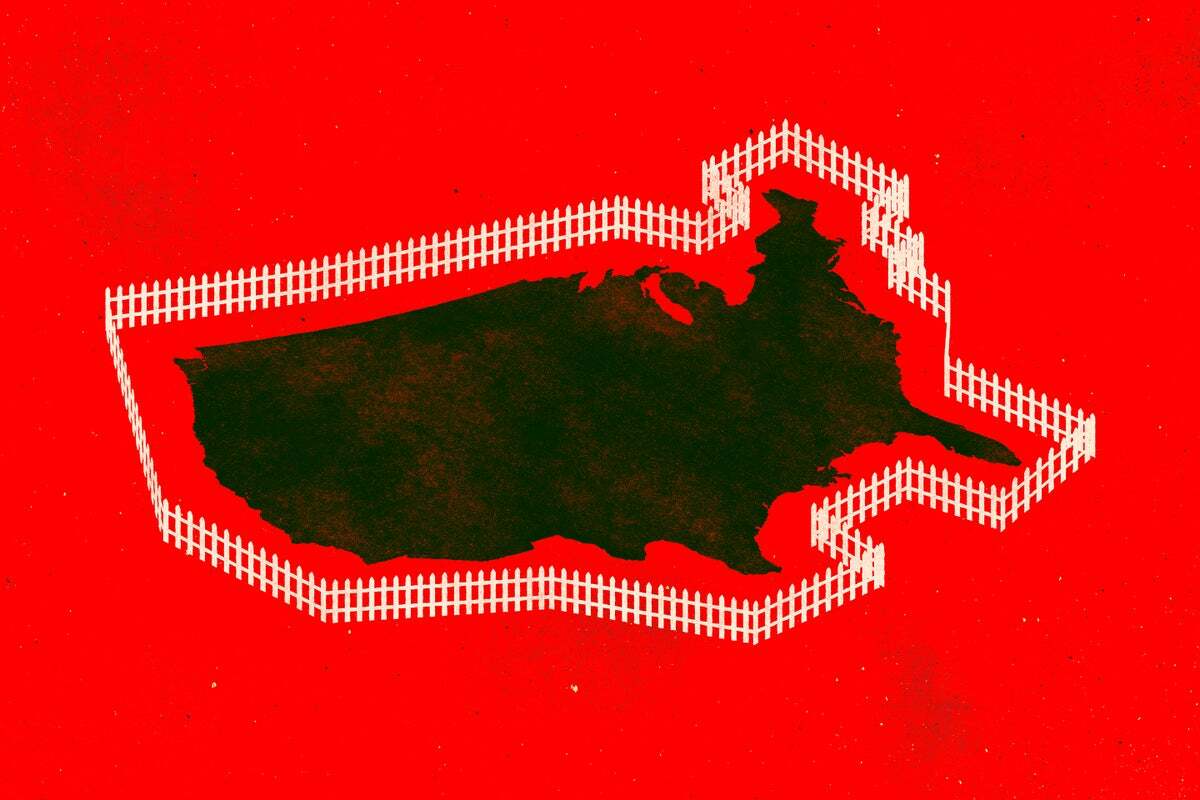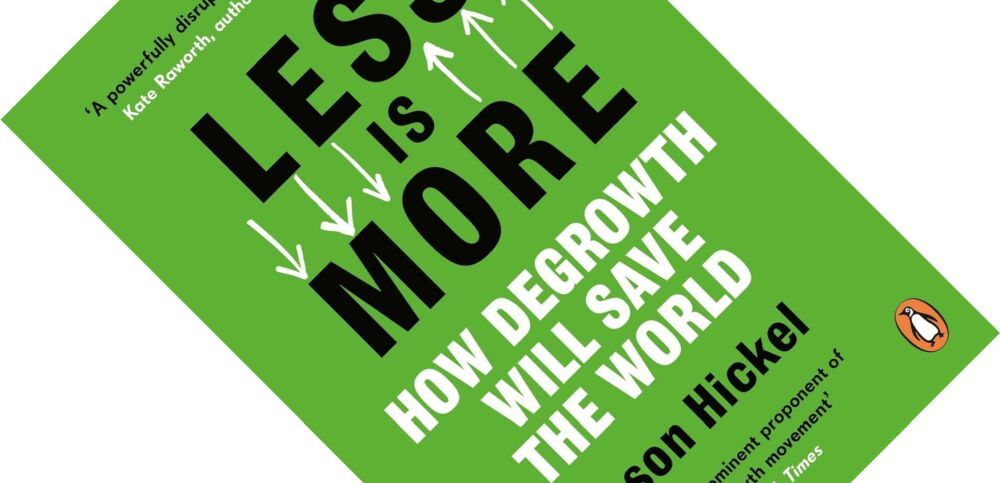Marie Curie’s Mentorship Led to Networks of Support for Female Scientists
#Science #Scicomm #Mentorship
https://www.scientificamerican.com/article/marie-curies-mentorship-led-to-networks-of-support-for-female-scientists/

Marie Curie’s Mentorship Led to Networks of Support for Female Scientists
#Science #Scicomm #Mentorship
https://www.scientificamerican.com/article/marie-curies-mentorship-led-to-networks-of-support-for-female-scientists/

“Science breeds diplomacy. It counters division. It tells us what is, not what we want things to be. Science enables democracy.”
#science #Scicomm
https://www.scientificamerican.com/article/science-isnt-about-domination-its-about-democracy/

#ICYMI: In this week's #SETILive, Franck chatted with Dr. Dan Mills about how his team's alternative to the "hard steps" evolutionary model increases the likelihood of intelligent life evolving in our galaxy... it all depends on how abundant Earth-like planets are.
Full interview: https://youtube.com/live/hEQJfyW5yt4
#Podcast recommendation for communicating #scientists: This episode of Amplifying Research is packed with tips on how to work with journalists, how to get better at writing and what to consider before starting your #SocialMedia presence:
https://www.amplifyingresearch.com/podcast/9-jacinta-bowler-on-how-to-be-a-journalists-best-friend

#Universities with #Mastodon accounts have steadily increased their follower numbers.
The image shown here can be downloaded as PDF from https://tubcloud.tu-berlin.de/s/X4Yb4sXs9Mj7zRj
with logos directly linking to the Mastodon accounts.
The #fediverse is becoming a cornerstone of
#SciComm.
We just need to use it to establish our #digital #sovereignity.
A prehistoric animal (Hyphalosaurus) with two heads?
Yes, THIS FOSSIL REALLY DOES EXIST, and it is on the cover of THE SECRET LIVES OF DINOSAURS, by Dr Dean Lomax and illustrated by me (published by Columbia University Press).
Available to pre-order now!
Well, after writing 25,000 characters (and no end), I decided that my #moss special for the podcast comeback will come in two parts. There's so much fascinating to tell about #mosses! *At least* one hour for the first part.
Now I need a short brain break outside in nature ... then back to #scripting. With a big coffee.
Apologies for interrupting the scheduled broadcast of palaeontology reviews, but the United States Society for Ecological Economics is having a book club discussion this Tuesday. Just in time, here is my take...
A compelling book about degrowth that, well, grows on you, Less is More patiently but firmly explores why capitalism isn't working out for us and what we should focus on instead.

“correctly portraying scientific consensus as convergent evidence rather than scientists’ opinions will further the goal of showing why vetted and validated science is a crucial ingredient of policy decisions around the world.”
#Scicomm #Science #FactsMatter
https://www.science.org/doi/10.1126/science.ady3211
#PPOD: NASA's Curiosity Mars rover captured this view looking back down at the floor of Gale Crater from Mount Sharp on Feb. 7, 2025, the mission's 4,447th Martian day, or sol. Curiosity continued its ascent through a mountainous region known as the sulfate-bearing unit. The colors in these images have been adjusted to match the lighting conditions as the human eye would perceive them on Earth. Credit: NASA/JPL-Caltech/MSSS
Made For Each Other
“Gray jays hoping to survive and reproduce during Canada's harsh winters must store food in the right kinds of trees”
by @GrrlScientist via #Substack
#birds #ornithology #ecology #evolution #behavior #SciComm https://grrlscientist.substack.com/p/made-for-each-other-901
Hi! I'm a new #SciComm member.
I'm currently finishing my MSc in #Environmental #Economics at UCPH. My #research focuses on incorporating learning-by-doing and site-scarcity effects into #renewableenergy #policy design. Broadly, my interests lie in quantitative research around #sustainability.
On my profile, you'll mostly find content related to my #scientific interests and policy discussions in these areas. My own posts will likely share insights from my #academic journey.
Wir starten am 5.5.25 um 15 Uhr mit Jan Thore Kirk (dem Kopf hinter @jan.glima auf TikTok) und studentischer Wissenschaftskommunikation und GenZ-Marketing auf TikTok.
Infos und Anmeldung unter: https://events.gwdg.de/e/wisskomm-lecture-25
Wir freuen uns auf euch, einen tollen Vortrag sowie eine lebendige Diskussion!
You listen to a popular #science #podcast talking in an #entertaining way about #research results. How should they present figures?
Made For Each Other
“Gray jays hoping to survive and reproduce during Canada's harsh winters must store food in the right kinds of trees”
by @grrlscientist via #Substack
#birds #ornithology #ecology #evolution #behavior #SciComm https://grrlscientist.substack.com/p/made-for-each-other-901
Today it's World Penguin Day!
Time to distribute some fascinating penguin science facts.
Did you know that penguins overheat when replacing their feathers? I explain this in more detail in my latest newsletter post:
#PPOD: Raikoke Volcano on the Kuril Islands rarely erupts. The small, oval-shaped island most recently exploded in 1924 and in 1778. The dormant period ended around 4:00 a.m. local time on June 22, 2019, when a vast plume of ash and volcanic gases shot up from its 700-meter-wide crater. Astronauts at the International Space Station observed a thick plume rise and stream east as it was pulled into a storm's circulation in the North Pacific. Credit: NASA
Saw this. Another effort:
"Federal research cuts impact local economies, and stall progress.
Publish an opinion piece in your hometown paper on June 16th to SPREAD THE WORD about how scientific research contributes to the everyday health and wealth of the general public."
#scicomm #misinformation #sciencepolicy
https://blogs.cornell.edu/asap/events-initiatives/the-mcclintock-letters/
Scientists are writing articles for local #newspapers to help reach people in smaller towns to learn why cuts to science are problematic.
And it would help fight #misinformation.
